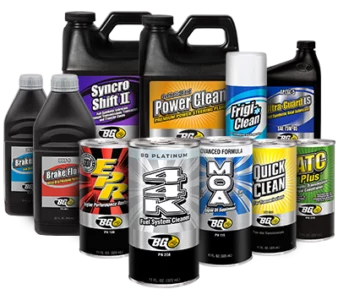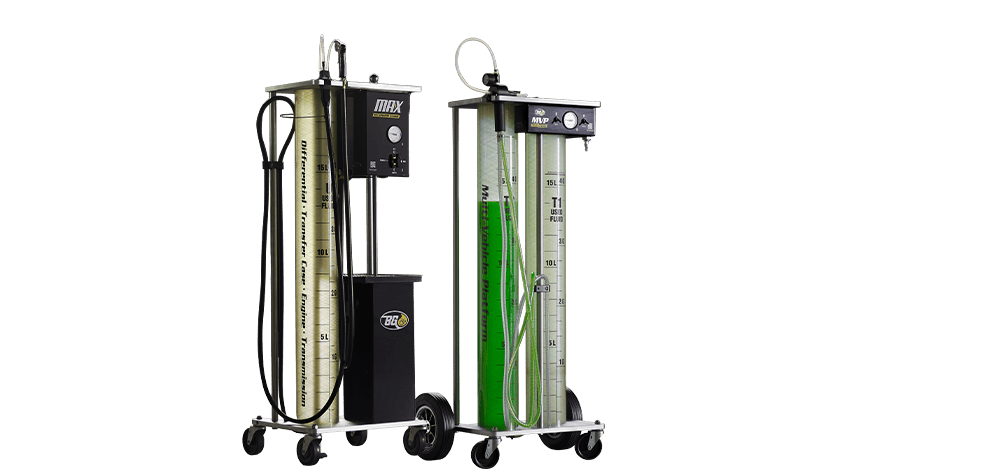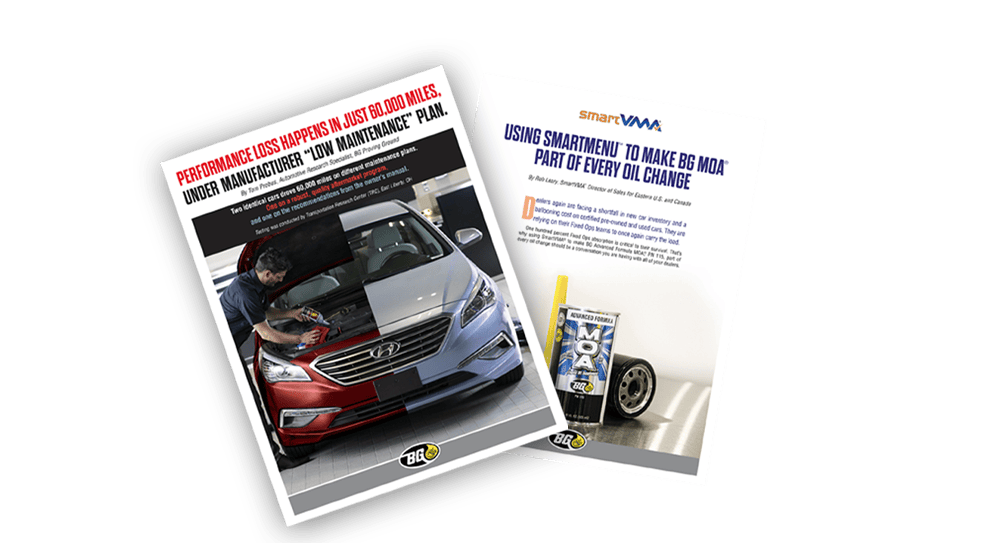With the fickle availability of refined fuels and the price of crude oil ever on the rise, fuel economy is a concern now more than ever. And as a result, fuel system technologies are undergoing dramatic change.
Recently, major vehicle manufacturers are focusing primarily on improving fuel economy through better weight-to-power ratios while reducing exhaust emissions.
Reducing power-loss by way of decreased frictional drag is also a common goal. OEMs are combining all available options to make cars more earth friendly, fuel-efficient and still consumer affordable.
This present “automotive revolution” is better understood as the sum of many small changes, rather than the large contribution of one or two. In other words, one single change isn’t going to save the earth. But together, many small refinements will deliver better engines and cost ratios for the future in an effort to save the earth, so to speak.
For example:
Today, experimental engine designs are all over the map; so, forget fuel pills, magic oil elixirs, catalytic fuel devices from Mars and other car junk inundating the market. The real story to be told is in the advances in automotive engineering, specifically: Gasoline Direct Injection, Variable Valve Timing, Fuel Stratified Injection, and Homogenous Charge Compression Ignition with advantages as compared to conventional models.
The future might actually look brighter when viewed from the driver’s seat of your favorite car. But don’t hold your breath, it’s safe to say that with each passing month, we’re getting closer to realizing some tremendous changes in transportation. Keep your eyes focused on the showroom floor because “change is in the air”…
VARIABLE VALVE TIMING (VVT)
VVT allows a variation of the intake and exhaust valve timing, which translates to greater efficiency and horsepower output. At high engine speeds, an engine requires large amounts of air, but intake valves may close before all the air can flow in, reducing performance.
On the other hand, if the valves are open for longer periods of time, problems start to occur at the lower engine speeds. This will cause fuel to exit the engine leading to lower engine performance and increased emissions. More and more OEMs are turning to VVT as a solution to adhere to fuel efficiency standards.
ADVANTAGES:
- Increased fuel efficiency
- High power output
- More complete combustion
GASOLINE DIRECT INJECTION (GDI)
Precise timing of the injection of fuel directly into the high-pressure cylinder creates optimum fuel/air mixing. Leaner air/fuel mixtures, much leaner than in a conventional engine, reduce fuel consumption. In addition, there are no throttling losses in some GDI engines improving efficiency in engines without a throttle plate. The engine management system (EMS) controls speed and regulates fuel injection function and ignition timing, instead of having a throttle plate that restricts the incoming air supply.
However, the downside to this technology is that if piston surface topography is adulterated through engine deposits, the effect is dramatic efficiency losses.
ADVANTAGES:
- Distinctly more dynamic
- High torque and power output
- 15 percent lower fuel consumption
- Reduced heat losses
HOMOGENOUS CHARGE COMPRESSION IGNITION (HCCI)
HCCI is a form of internal combustion power that relies on auto-igniting a well-mixed charge of fuel and air. The defining characteristic of HCCI is that the ignition occurs at several places at a time almost simultaneously. There is no direct initiator of combustion, which makes the process challenging to control.
The technology is still under development and has not shown feasibility beyond a small rpm range. It suffers from an inability to work under low and high load. Unburned hydrocarbon and carbon monoxide emissions are still high and must be treated to meet emission regulations.
ADVANTAGES:
- Extremely low levels of Nitrogen oxide emissions (NOx)
- Gasoline engine-like emissions with diesel engine-like efficiency
- 15-percent fuel savings while meeting emissions standards






